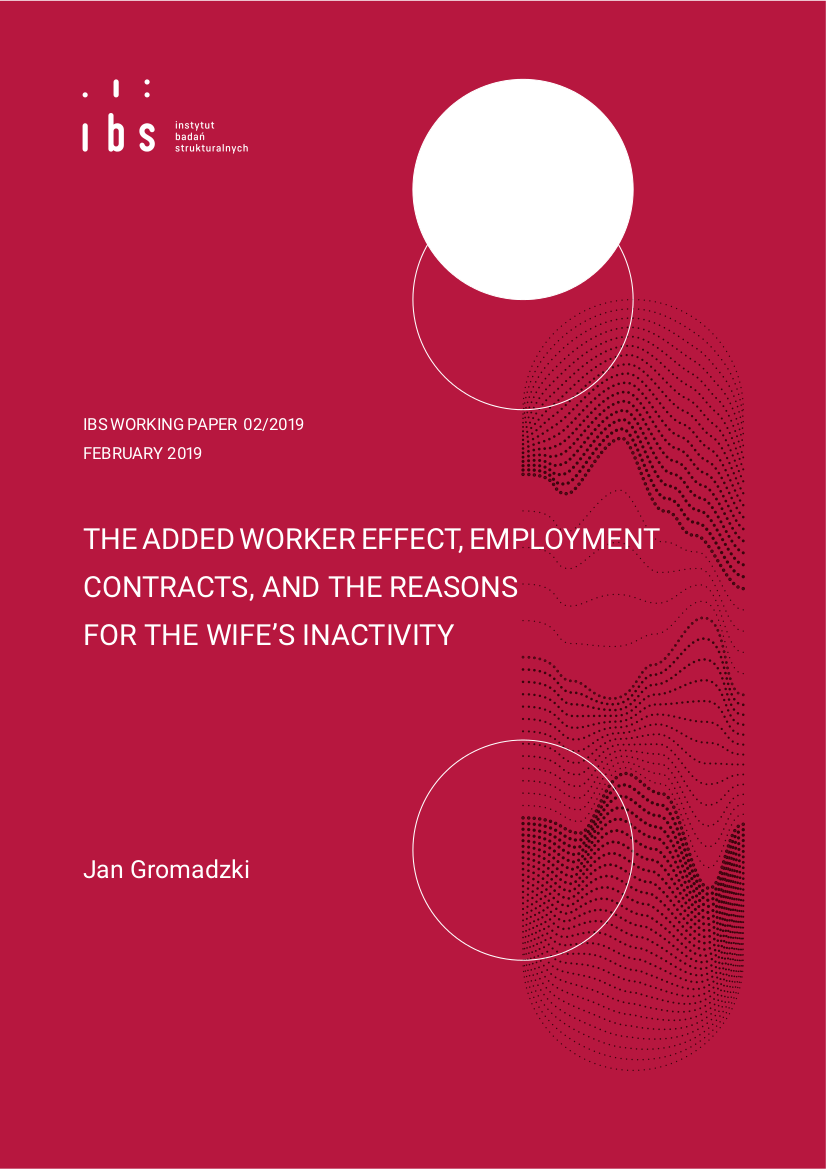The recent literature provide compelling evidence of the existence of a significant added worker effect (AWE) – wives increase their labour supply in response to the job displacement of their husbands. However, little is known about the heterogeneity of the effect. I study the variation in the AWE depending on the reasons for the wife’s inactivity, and on the husband’s employment contract type. I find that the responses of discouraged women to the job displacement of their husbands were three times as strong as the responses of those women, who were inactive for reasons of health and family. This finding suggests that discouraged people are highly responsive to the income shocks that occur within a household. In addition, I find that the size of the AWE also depends on the type of employment contract the husband had. The results suggest that high employment protection reduces the wife’s incentives to join the labour force after her husband’s job displacement.

This article was prepared within a project financed by the National Science Centre Poland, project no. UMO-2016/21/D/HS4/02808. I am grateful to Ewa Gałecka-Burdziak, Iga Magda, Concepción Román Díaz and Lucas van der Velde for their valuable comments. I also gratefully acknowledge the use of the Python/Stata template provided by von Gaudecker, (2014). All errors are mine.
Department of Economics, Vienna University of Economics and Business; Institute for Structural Research (IBS); IZA.

